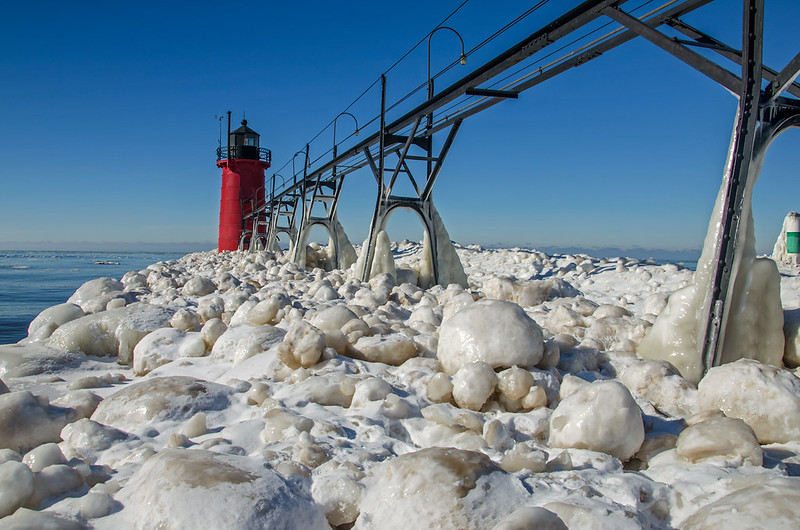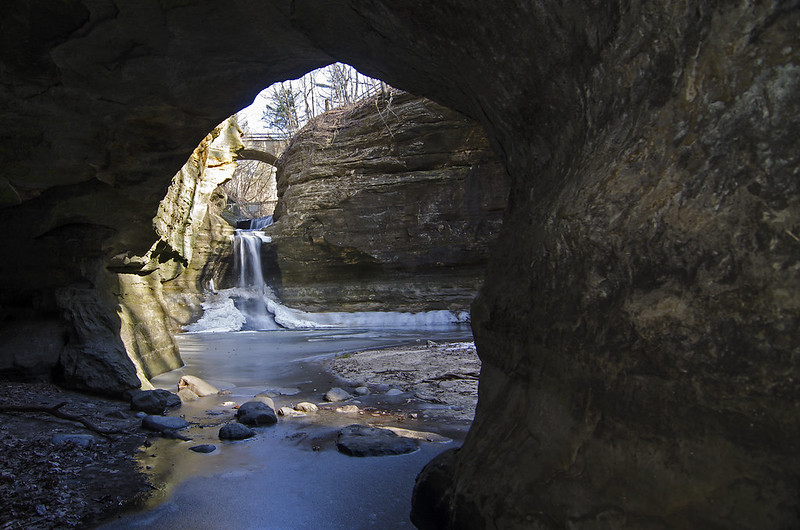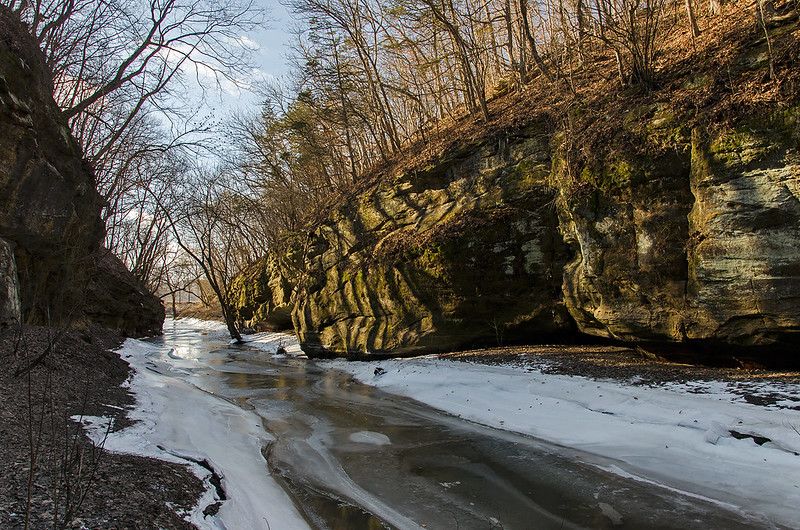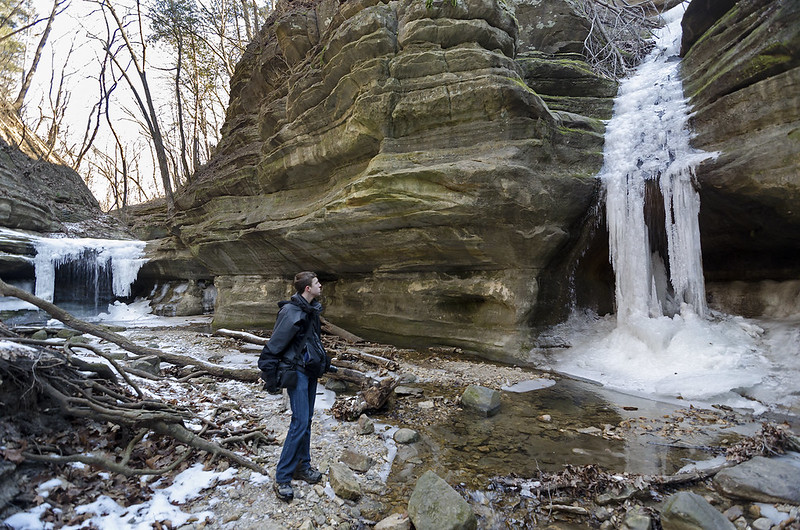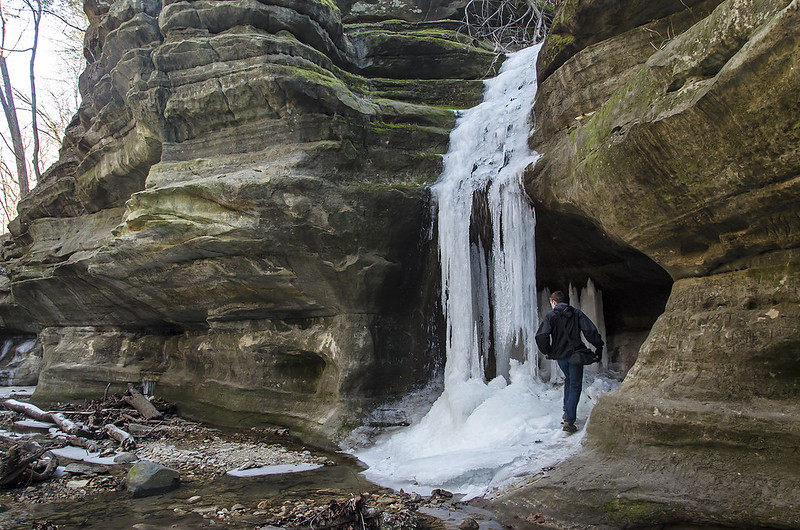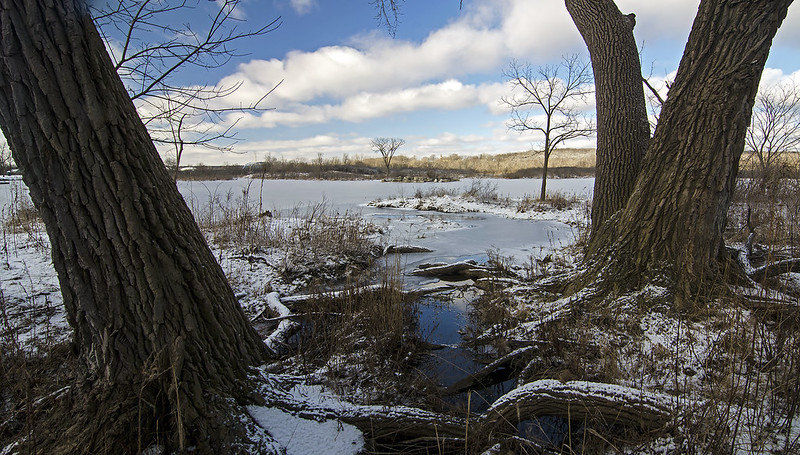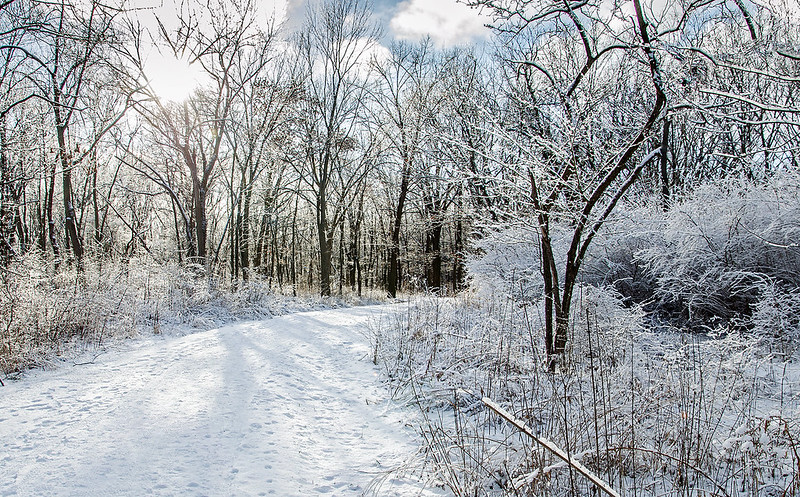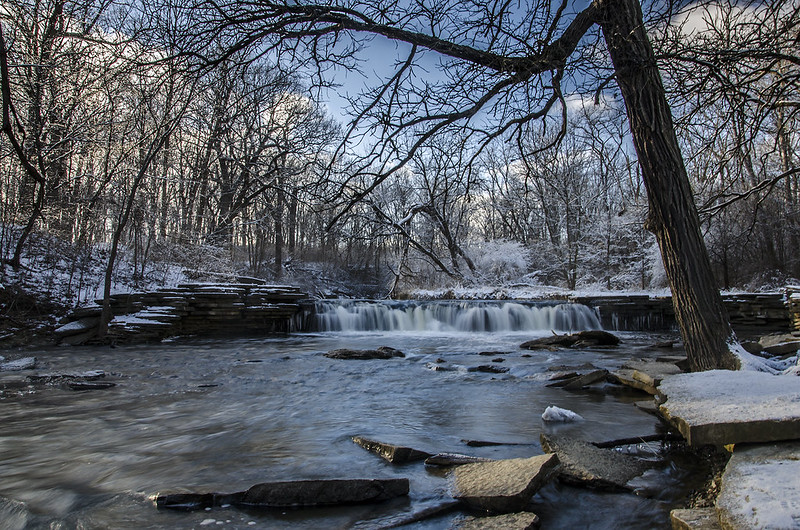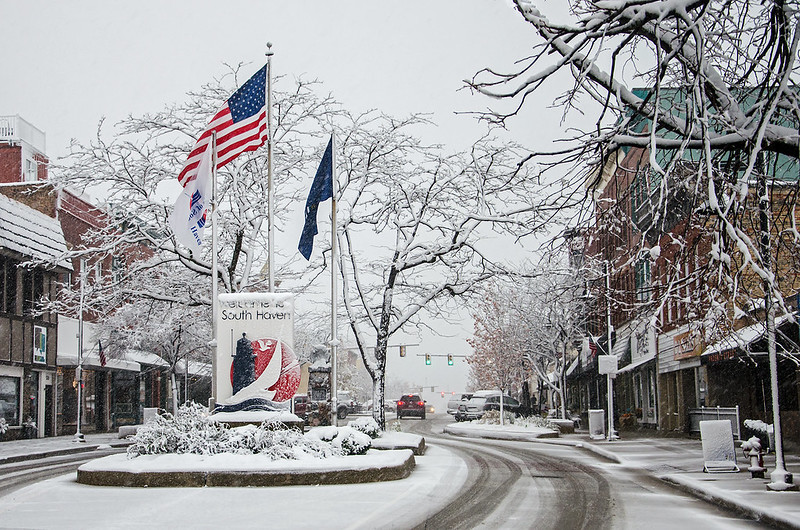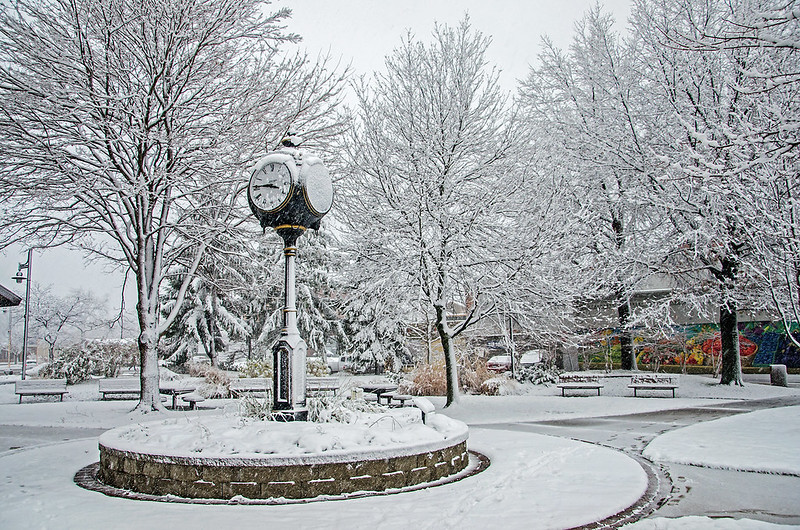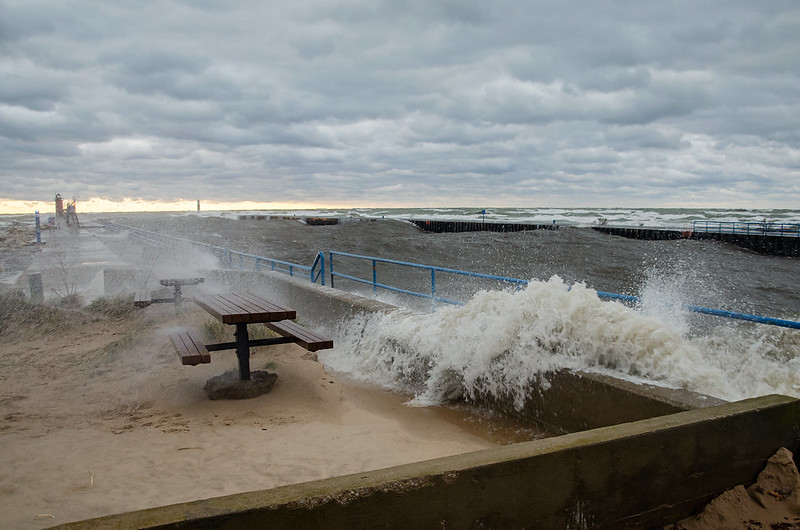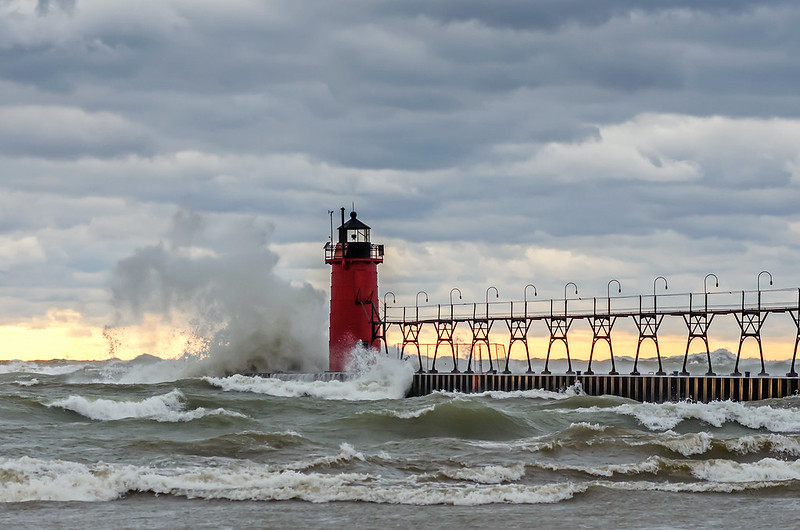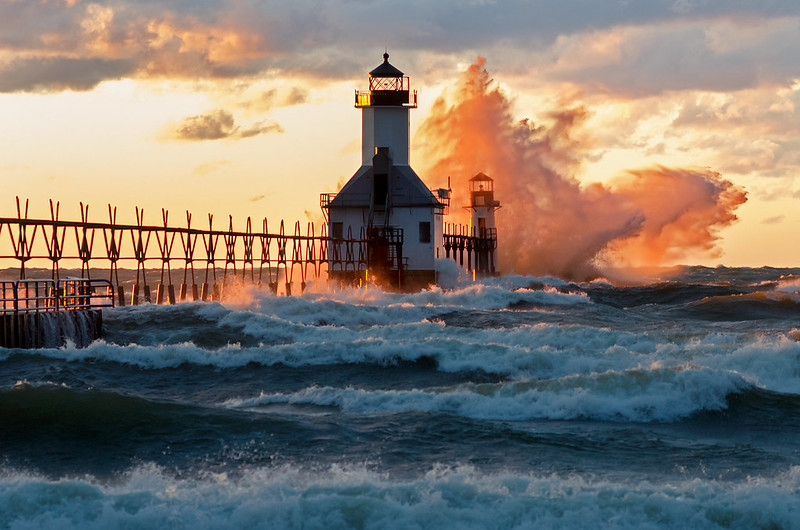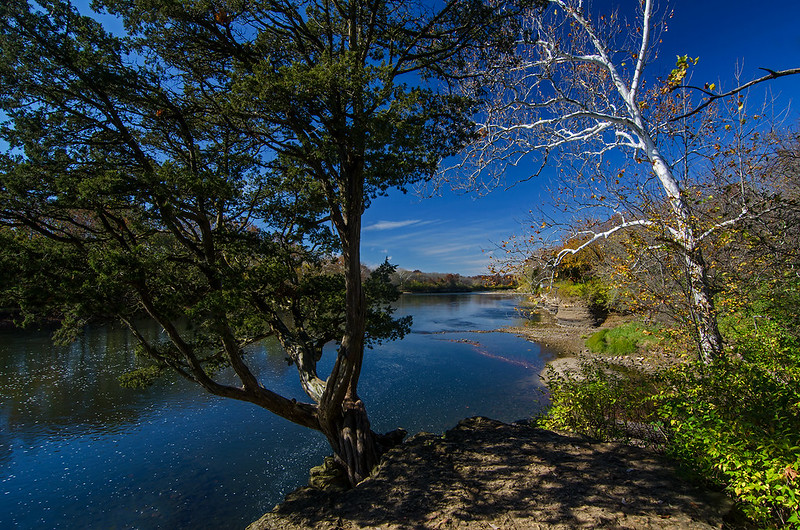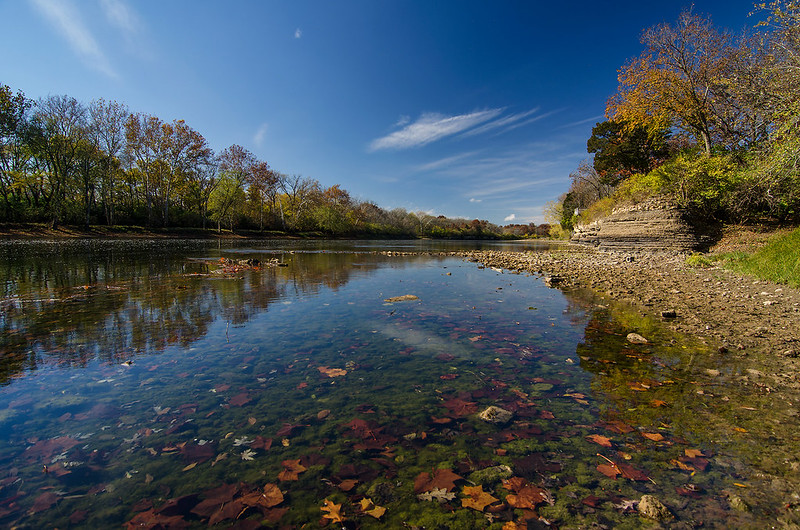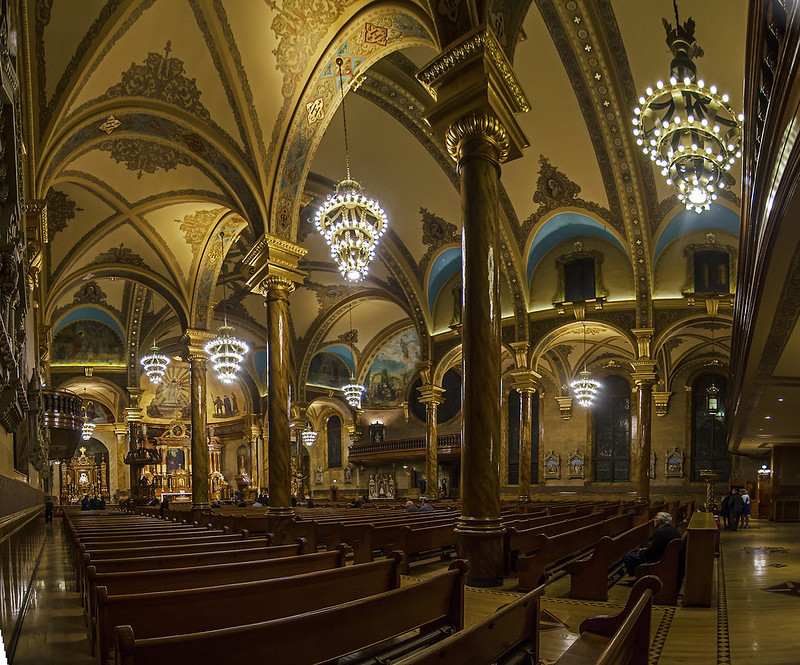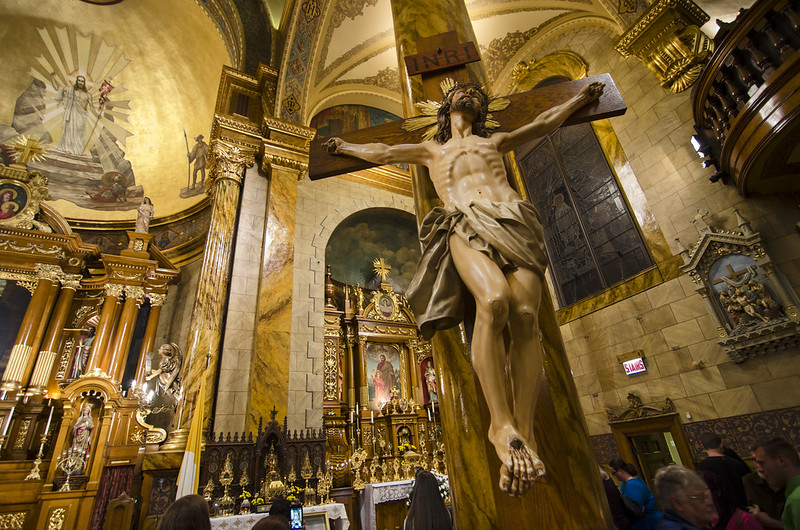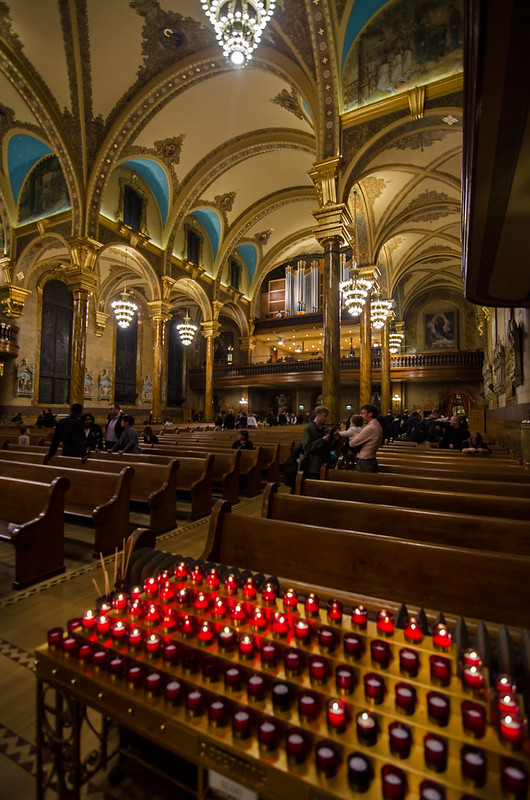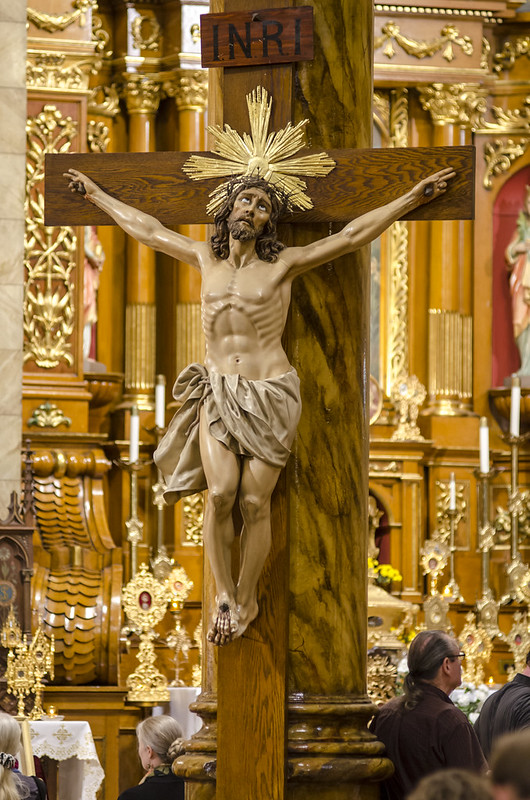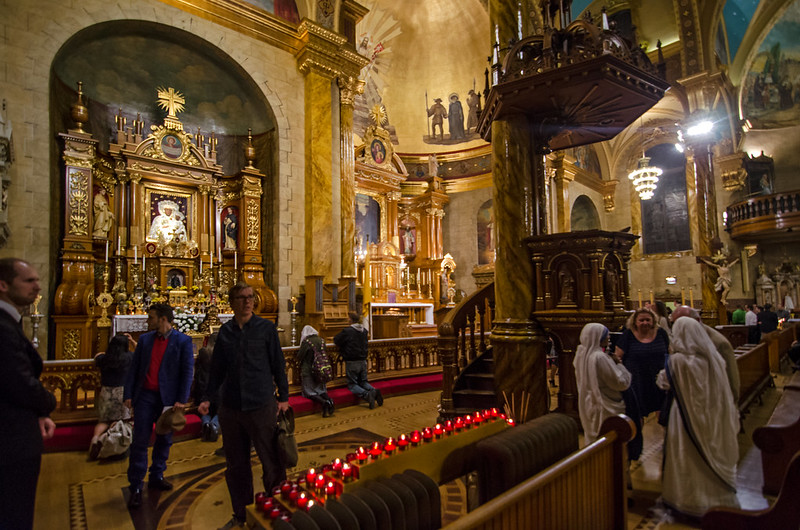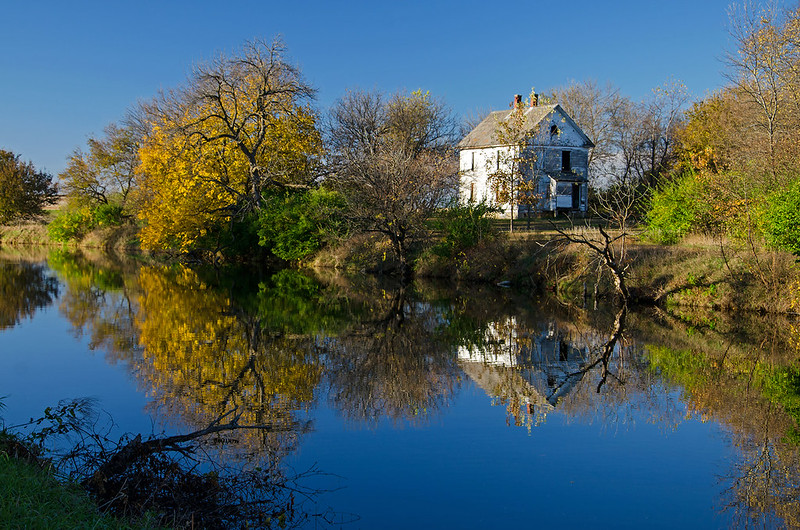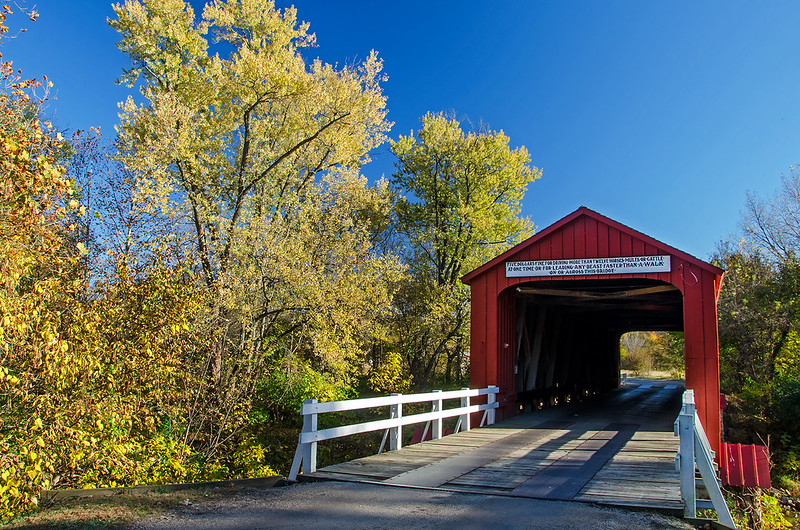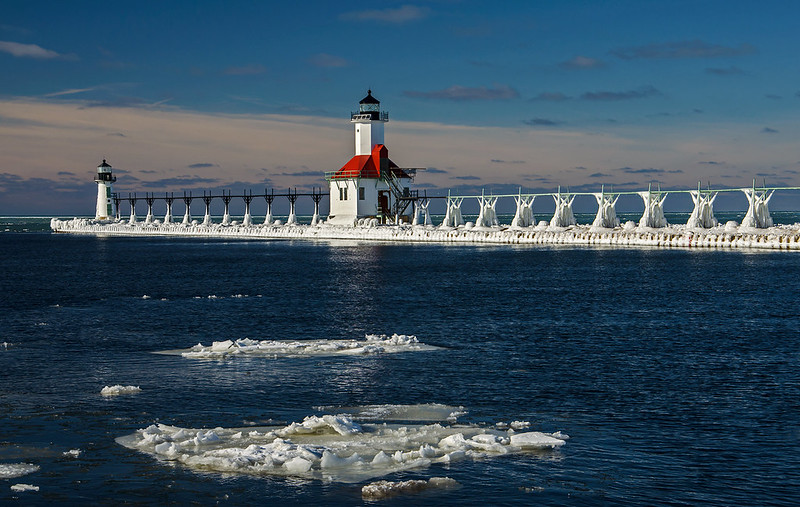
The bright winter sun illuminates the ice build up on the catwalk uprights, and the freshly painted lighthouse in St. Joseph, Michigan. Offset by the deep blue waters of Lake Michigan and the St. Joseph River, the beacon stands out in the winter landscape.
A favorite destination of ours each winter, the St. Joseph lighthouse hasn't collected as much ice as previous winters - yet. As long as Lake Michigan remains liquid, and temperatures stay below freezing, there's a chance it could ice up once again.
The shelf ice is building along the beaches of Lake Michigan. It appears the people visiting St. Joseph stayed off the ice (at least when I was there), while the people in South Haven ignored warnings and wandered onto the mounds of shelf ice a couple of hundred feet into Lake Michigan.
Here's why this is dangerous if not deadly: http://www.huffingtonpost.com/tom-gill/the-winter-shore-beautifu_b_6431724.html

